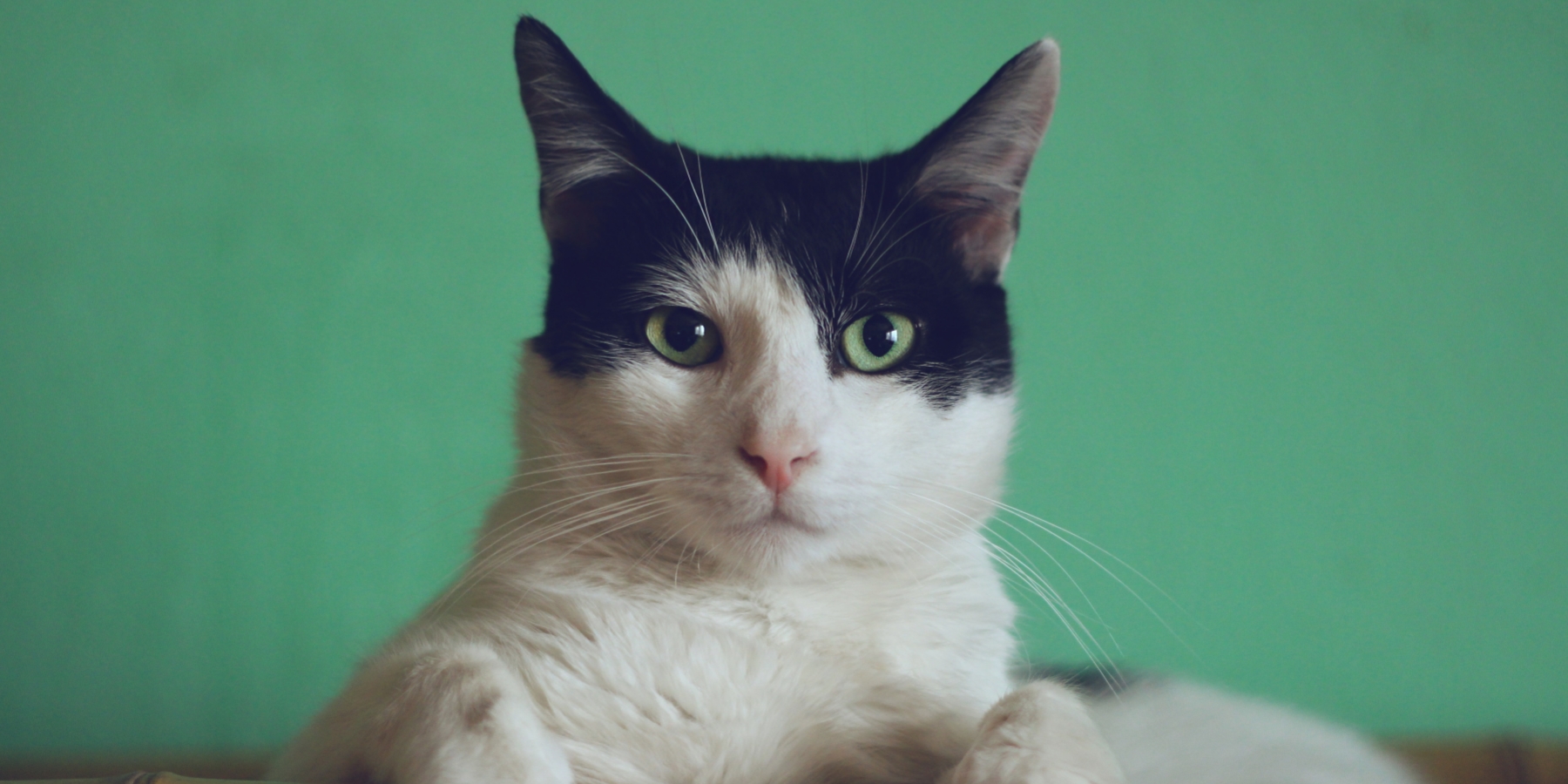Harness training for cats is an essential skill for pet owners who wish to take their feline friends on outdoor adventures safely. While it can be a rewarding experience, it requires a gradual approach and plenty of patience. In this article, we'll delve into the importance of taking it slow and being patient when training your cat to wear a harness.
The gradual approach
Harness training should never be rushed, especially if your cat is not accustomed to wearing any form of clothing or accessories. The gradual approach involves breaking down the training process into manageable steps to help your cat adapt comfortably.
Familiarization with the harness
Start by introducing the harness to your cat without attempting to put it on. Allow your cat to investigate the harness at their own pace. Leave it in a place where your cat can sniff, paw, and even play with it.
Positive association
Make the presence of the harness a positive experience for your cat. Offer treats and praise whenever your cat interacts with the harness. This positive association helps your cat view the harness as something enjoyable.
Touch sensitization
Gently touch your cat's body with the harness while offering treats and affection. Gradually increase the contact area over several sessions. The goal is to get your cat comfortable with the sensation of the harness against their fur.
Putting on the harness
Once your cat is familiar with the harness and comfortable with it touching their body, it's time to attempt putting it on and solve the problem—how to put a harness on a cat. Be patient and take it one step at a time. Initially, try securing just one strap or buckle. If your cat shows signs of distress, stop and revert to the previous step.
Gradual increase in wear time
After successfully putting on the harness, allow your cat to wear it for short periods. Start with a few minutes and gradually extend the time as your cat becomes more accustomed to the sensation.
The Role of Patience
Patience is the key to successful harness training for cats. Every cat is unique, and the time it takes for them to adapt to the harness can vary. Here's why patience is essential:
Reducing Stress
Rushing the training process can stress out your cat, making them resistant to the harness. A patient approach helps keep stress levels low and promotes a positive experience.
Building Trust
Harness training is not just about the harness itself but also about building trust between you and your cat. Patience shows your cat that you respect their pace and are there to support them.
Positive Reinforcement
Patience allows you to reinforce positive behavior effectively. When your cat makes progress, you can reward them with treats and praise, reinforcing their willingness to cooperate.
Preventing Fear
A rushed approach can lead to fear or aversion towards the harness. Cats may associate the harness with negative experiences if forced into it too quickly. Patience ensures that your cat has a chance to develop a positive attitude toward the harness.
Conclusion
Harness training for cats is a gradual process that demands patience from pet owners. By taking the time to introduce the harness slowly, create positive associations, and respect your cat's comfort level, you can successfully train your feline friend to wear a harness comfortably. Remember that every cat is unique, and progress may vary, so maintain a patient and supportive attitude throughout the training journey. With the right approach, you and your cat can enjoy safe and enjoyable outdoor adventures together.

